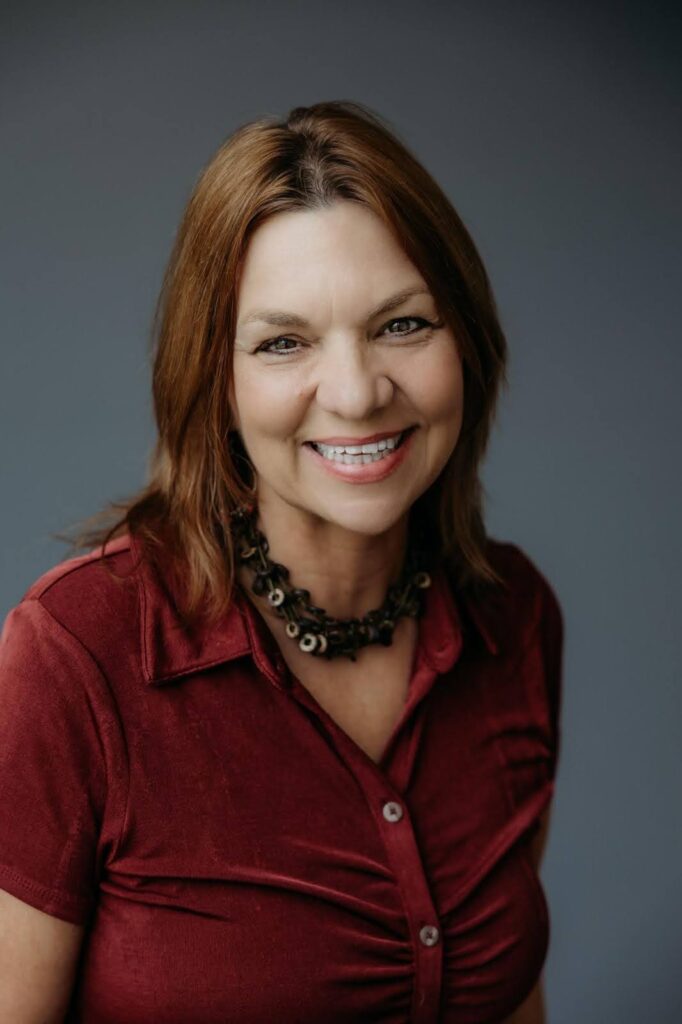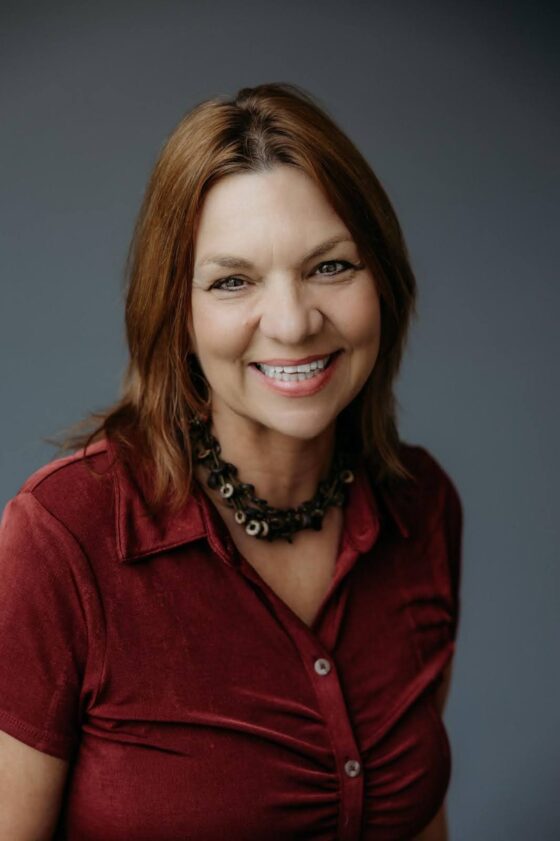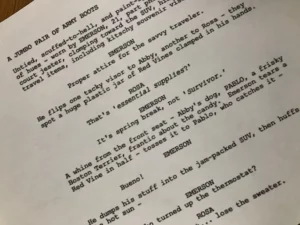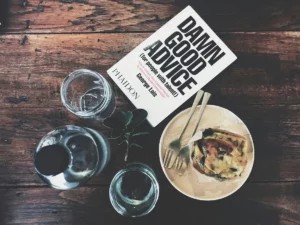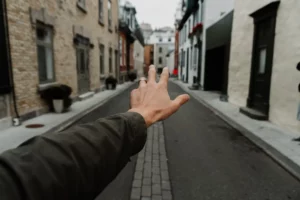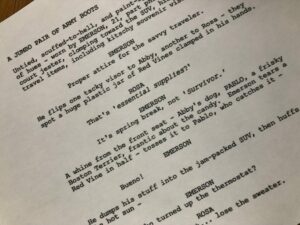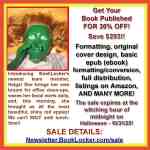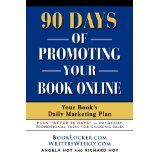“Step by Step: How a Young Doctor Defied the Odds and Found Her Rhythm on Everest”
What happens when a young doctor, barely out of medical school, decides to trade in her textbooks for hiking boots and scale the world’s highest peak? In Mimi Zieman’s memoir, Tap Dancing on Everest, we’re not just treated to an adventure; we’re invited to embark on a multifaceted journey that explores identity, resilience, and the intersection of dreams and harsh realities. Melissa Greenwood recounts her somewhat incredulous reaction when a friend brushed off this unexpected tale of courage and candor. She realizes that even if you’re not exactly an adrenaline junkie—or if you’re more likely to be found at a Pilates studio than on a mountain—Zieman’s story resonates on deeper levels. As Greenwood reflects on her own hesitations around the great outdoors, she embraces a delightful truth: stories of struggle and triumph are universal, reaching far beyond one’s passion for extreme sports. Whether you’re a climber, a dancer, or simply someone questioning how to find your own voice in the chaos of life, Zieman’s journey up Everest and through her challenges may just provide the motivation you didn’t know you needed. In a world often filled with noise, this memoir shines as a beacon for anyone seeking connection, self-discovery, and a reminder of what is possible when we dare to step outside—or in this case, ascend above—our comfort zones. LEARN MORE.
by Melissa Greenwood
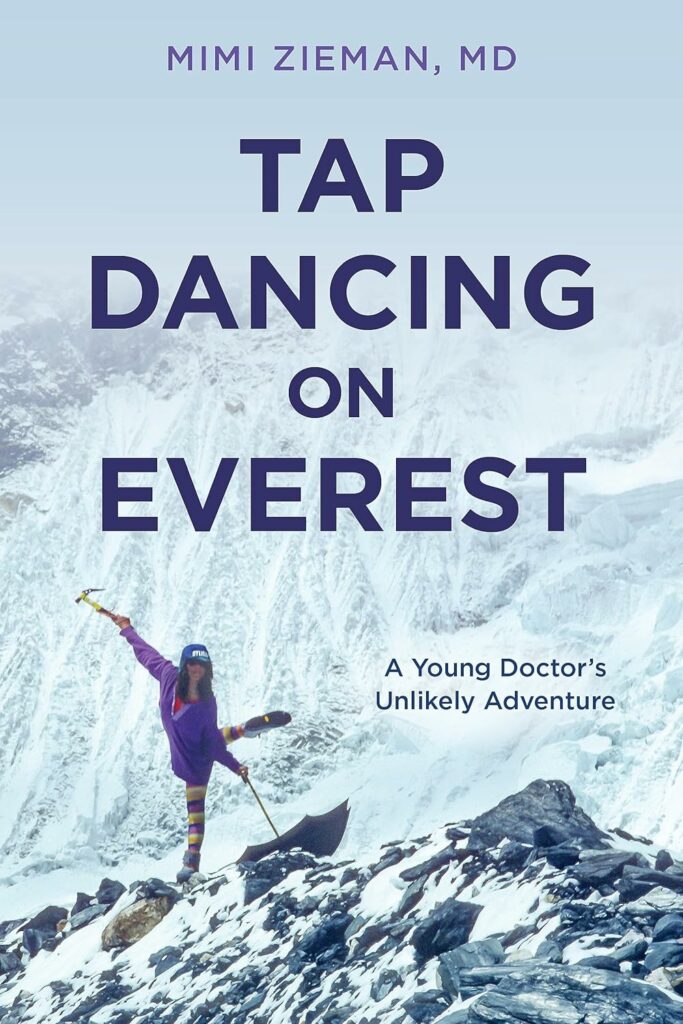 “I’m not really into adventure stories,” one memoir-loving friend bristled when I recommended Mimi Zieman’s Tap Dancing on Everest (Falcon; April 2024) to her — a story, as the subtitle suggests, about “a young doctor’s unlikely adventure” volunteering (in the late ‘80s) as the team physician for a gutsy, unaided Everest expedition before she’s even graduated from medical school.
“I’m not really into adventure stories,” one memoir-loving friend bristled when I recommended Mimi Zieman’s Tap Dancing on Everest (Falcon; April 2024) to her — a story, as the subtitle suggests, about “a young doctor’s unlikely adventure” volunteering (in the late ‘80s) as the team physician for a gutsy, unaided Everest expedition before she’s even graduated from medical school.


